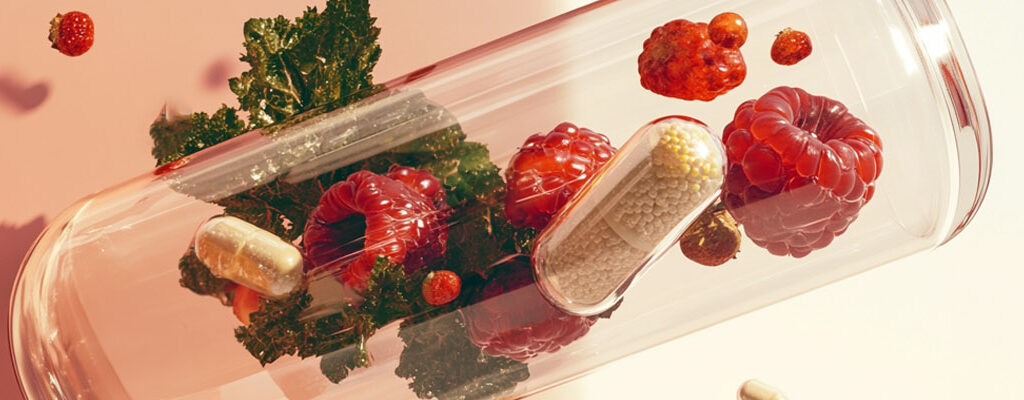
In the ever-evolving world of food manufacturing, flavor encapsulation technology has emerged as a game-changer. This innovative process is revolutionizing how flavors are integrated into products, improving taste and shelf life. By encasing food-grade flavor ingredients in a protective coating, flavor encapsulation allows manufacturers to deliver enhanced, long-lasting flavors that meet the demands of modern consumers.
What is Flavor Encapsulation Technology?
Flavor encapsulation technology involves trapping food-grade flavor ingredients in a protective coating, typically made from natural, edible materials like starch, proteins, or gums. This coating shields the flavor from external factors, such as heat, moisture, or oxygen, which can degrade the flavor over time. As a result, the encapsulated flavor remains stable and potent, even under challenging storage conditions.
This technology offers significant benefits for both taste and shelf life. For manufacturers, it ensures that the flavors in their products remain fresh and consistent from production to consumption. For consumers, it means enjoying the same vibrant, high-quality taste throughout the product’s shelf life.
How Flavor Encapsulation Enhances Taste
One of the primary advantages of flavor encapsulation is its ability to enhance taste. By using encapsulation, manufacturers can create more complex flavor profiles that are released gradually during consumption. For example, certain flavors may be released when the product is chewed or comes into contact with moisture, delivering a burst of flavor at just the right moment.
This controlled release helps maintain a balanced taste experience, avoiding the overpowering or rapid loss of flavor that can occur in non-encapsulated products. Encapsulated flavors can be tailored to target specific taste sensations, making custom flavor development more precise and effective.
Extending Shelf Life with Encapsulation
In addition to enhancing taste, flavor encapsulation technology plays a crucial role in extending shelf life. Flavors that are exposed to environmental factors like heat or humidity tend to lose their intensity over time. The protective coating acts as a barrier with encapsulation, preventing external elements from compromising the flavor’s integrity. This allows products to maintain their full flavor profile throughout their shelf life, reducing the need for preservatives and other additives.
For companies, this technology also reduces the risk of flavor degradation during transportation and storage, ensuring that products arrive at retailers and consumers in optimal condition.
The Role of Custom Flavor Development
Flavor encapsulation technology is a powerful tool for custom flavor development. Manufacturers can create unique flavor profiles tailored to their target audience by encapsulating specific flavor ingredients. Custom flavor development using encapsulation can bring innovative and exciting new products to market, whether for beverages, snacks, or confectionery.
Unlocking the Potential of Flavor Encapsulation
Flavor encapsulation technology has revolutionized the food and beverage industry, improving products’ taste and shelf life. By incorporating food-grade flavor ingredients into this innovative process, manufacturers can offer more consistent, flavorful, and longer-lasting products. As consumer expectations evolve, flavor encapsulation will remain a key tool in custom flavor development, enabling brands to meet the demand for high-quality, flavorful products.
